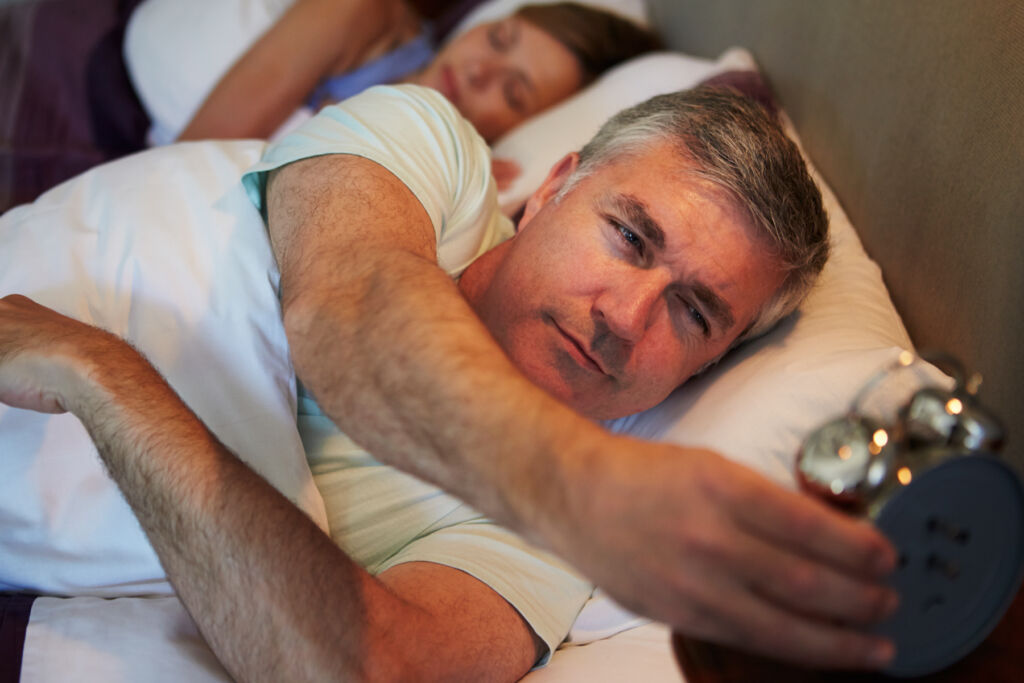
Bensons for Beds’ resident sleep expert Dr Sophie Bostock sheds some light on one of everyday life’s great mysteries; are men’s and women’s sleep patterns different, and if so, what are the reasons why?
When sleep experts were asked to give recommendations about a healthy amount of sleep for adults back in 2015, they initially thought that men and women would have different recommendations… after all, men and women have important biological differences.
However, after reviewing the scientific evidence, experts recommended that all adults – men and women – get at least 7 hours of sleep for optimal health (Watson, 2015).
While the differences between male and female sleep needs may be too small to justify different public health advice, there are nevertheless important differences between male and female sleep patterns, especially around important life stages such as puberty, pregnancy and menopause…
Do women sleep for longer than men?
Large-scale data from wearables like Fitbit, Oura and Whoop is being used to answer this question under real-world conditions. Researchers analysed over 11 million nights of data from wearable users from 47 different countries. They found that, on average, women slept for about 20 minutes longer than men on both weekdays and weekends (Jonasdottir, 2021).
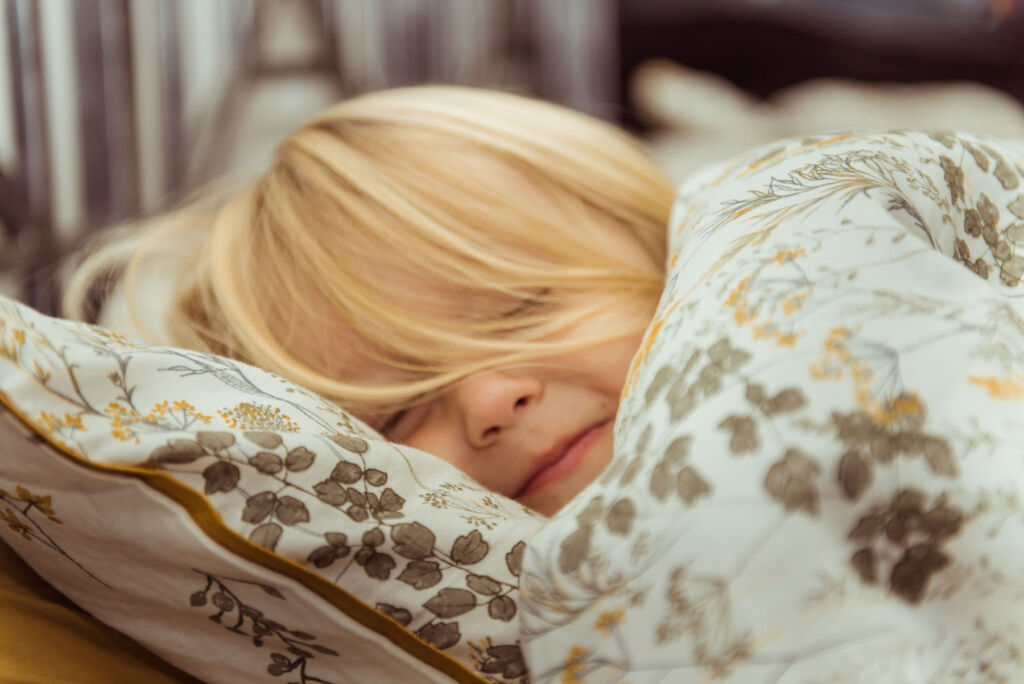
An analysis which pooled data from 1.1 million people from the Netherlands, USA and UK found that women between 41 and 65 years of age slept an average of 7.1 hours, whereas, at the same age, men slept an average of 6.9 hours per night (Kocevska, 2021).
These results are similar to a Finnish study of 1,000 working men and women, which asked about both actual sleep and sleep preferences (Polo-Kantola, 2016).
Women slept 14 minutes longer than men on work days and 27 minutes longer on leisure days. When asked how much sleep they preferred, women’s ideal sleep time was 32 minutes longer than men, but they were less likely to get their preferred sleep amount than men. It suggests that women could be a more sleep-deprived population, despite sleeping for longer.
Are women more likely to be early birds?
Women tend to sleep longer by going to bed earlier than men rather than waking later. It seems that women’s internal clocks, or circadian rhythms, may run on more of an ‘early bird’ time zone than men’s clocks.
A recent study looked at bedtimes in UK adults and their risk of cardiovascular disease over six years of follow-up. The lowest rates of disease were for those who went to bed between 10 and 11 pm and higher for those who went to bed before 10 pm or later. Interestingly, the association was strongest for women; later bedtimes didn’t significantly affect CVD for men (Nikbahtian, 2021).
Do women have worse quality sleep than men?
This is where it gets really interesting…
If you look at any survey of self-reported sleep quality, women tend to report more disrupted sleep and higher rates of persistent sleep difficulties, i.e. insomnia, than men. Rates of insomnia increase with age for both men and women. On average, across all ages, around 1 in 4 women report insomnia, compared to 1 in 6 men (Zeng, 2020).
Women are also twice as likely to suffer from Restless Leg Syndrome (RLS), a disorder where you have an uncontrollable desire to move your legs while falling asleep. Above the age of 14, the proportion of women saying they have difficulty falling asleep is almost 10% higher in women than men (Kocevska, 2021).
Interestingly, in lab studies, where sleep is measured objectively using polysomnography (PSG), women actually tend to fall asleep faster, stay asleep for longer and have higher amounts of deep sleep than men – the opposite of what surveys suggest (Dorney, 2019).
It’s not clear why there is this difference between perception and objective data. The difference may lie in the lab environment vs home, or the (PSG) may not pick up important aspects of women’s sleep.
Hormones and Sleep: Puberty, Pregnancy and Menopause
So why are there gender differences in sleep patterns? The answers are likely due to a combination of body clocks, hormones, behavioural patterns associated with childbearing, and psychological factors (since women are also at higher risk of mental health disorders).
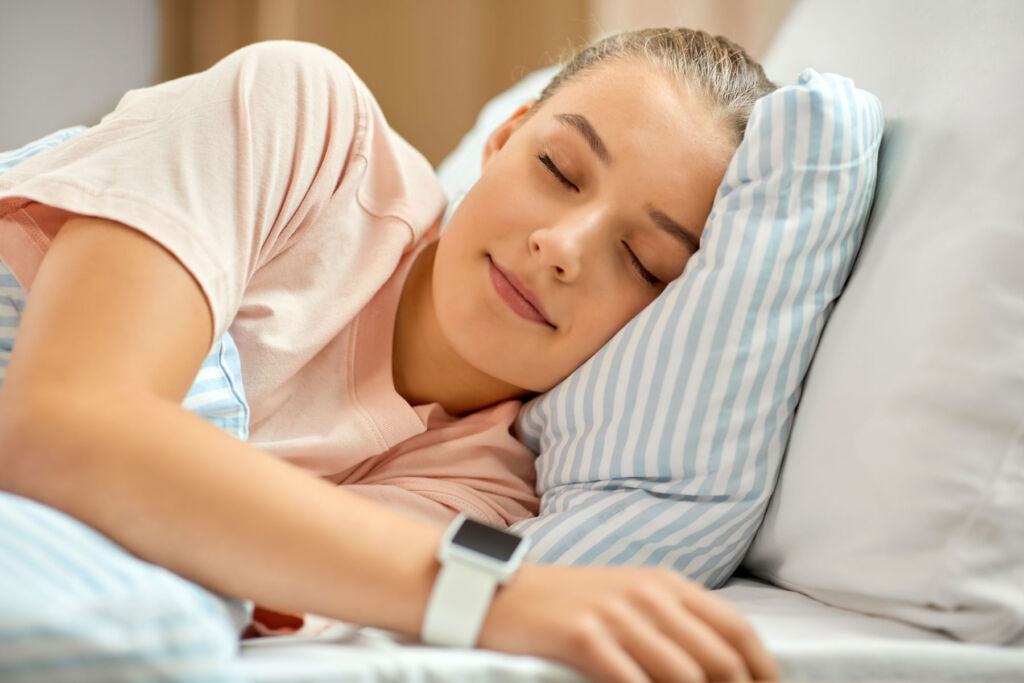
We know that women’s sleep disturbances are most common during periods of life characterised by significant changes in sex hormones.
- Up until puberty, boys and girls have very similar sleep patterns. After starting their periods (menstruation), girls have a 2.75-fold risk of insomnia compared to girls who have not started their periods. Boys only have a slightly increased risk of insomnia throughout puberty. It strongly suggests that it’s the female sex hormones released at puberty, including oestrogen and progesterone, which are to blame.
- Two-thirds of women report having altered sleep during pregnancy, which increases from 13% in the first trimester to 66% in the third trimester. There are many factors at play in the third trimester which contribute to this, including almost a 50-fold increase in sex hormones prior to delivery.
- Another spike in sleep disruption occurs around the time of the menopausal transition, where oestrogen and progesterone levels fluctuate and then gradually fall over many years. Many women experience hot flushes and night sweats, which can be very disruptive to sleep. You can read more about sleep and the menopause here.
Crucially, the fact that sleep is disrupted by both rising and falling levels of sex hormones suggests that it could be the rate of change in hormones which is important or the relative balance between several hormones rather than the absolute levels.
‘Oestrogen’ is actually a hormone class consisting of four steroid hormones. Estradiol (E2) is the major type of oestrogen for women of childbearing age. As a woman transitions through menopause, the most prevalent form shifts from estradiol to estrone (E1). During pregnancy, estriol (E3) is the main oestrogen produced by the ovaries, and estetrol (E4) is produced by the foetus.
We know that there are oestrogen receptors all over the brain and body – impacting mood, respiration, cardiovascular, immune, body temperature and metabolic functions. Oestrogens are thought to be mainly wake-promoting but also have a role in supporting circadian rhythms.
Progesterone seems to enhance sleep duration and quality by reducing anxiety levels and may protect against sleep-disordered breathing.
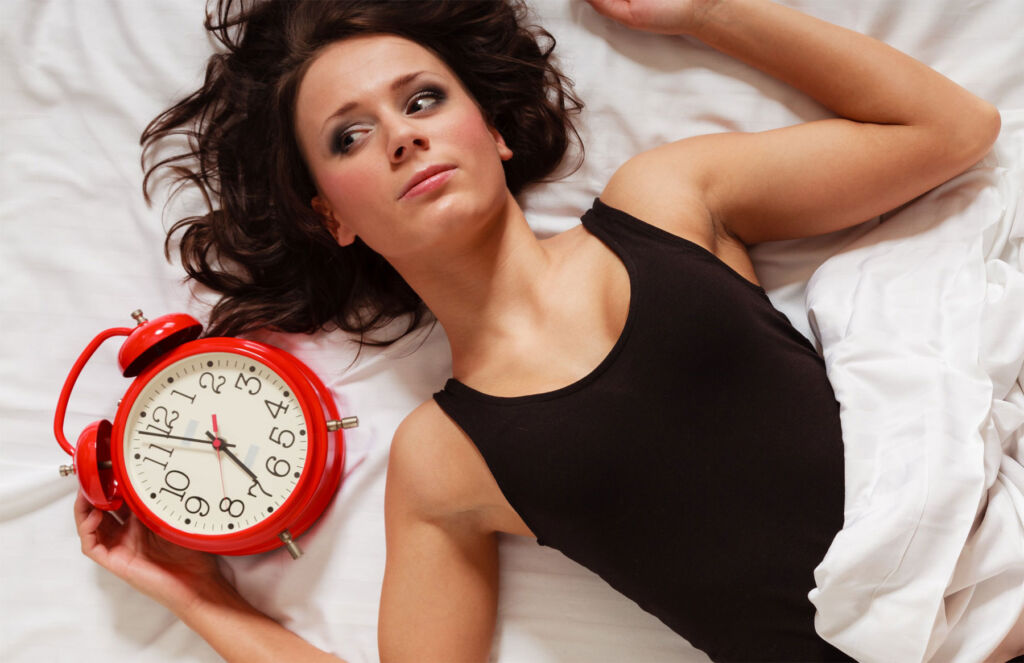
How do menstrual cycles and PMS affect sleep?
Most women experience regular cyclic changes in sex hormones lasting approximately 28 days (but could be anything from 21 to 41), also known as the menstrual cycle.
The cycle can be broken down into two phases; the follicular and the luteal phase.
- The follicular phase (days 1-14) is known as the low hormone phase. The phase starts with 5 to 6 days of bleeding, the ‘period’. During the period, a rise in follicle-stimulating hormone (FSH) matures an egg for release. Oestrogen begins to climb in preparation for ovulation. It surges around day 12, along with luteinising hormone (LH), causing an egg to be released into the fallopian tube. Oestrogen levels dip briefly towards the end of the phase.
- The luteal phase (days 14-28) is when the female sex hormones kick into high gear, peaking approximately five days before menstruation.
Progesterone rises and surpasses oestrogen to prepare the uterus for an egg to be implanted. If a fertilised egg is not implanted, progesterone levels fall, and the body prepares to start the cycle again.
Some women experience premenstrual syndrome (PMS) in the high hormone or luteal phase, typically a few days before the onset of a period. Symptoms vary but can include stomach ache, backache, headaches, and nausea. Sleep difficulties and fatigue are common symptoms of PMS.
Deep, restorative sleep requires a drop in core body temperature. However, the temperature is slightly elevated during the luteal phase because of the peak in progesterone, and this is one factor that could contribute to poor sleep quality.
It is not clear why monthly cycles in sleep disruption occur in some women and not in others.
Women with PMS sometimes experience unpleasant dreams, night-time awakenings, morning tiredness, and increased mental activity at night (Mauri, 1988).
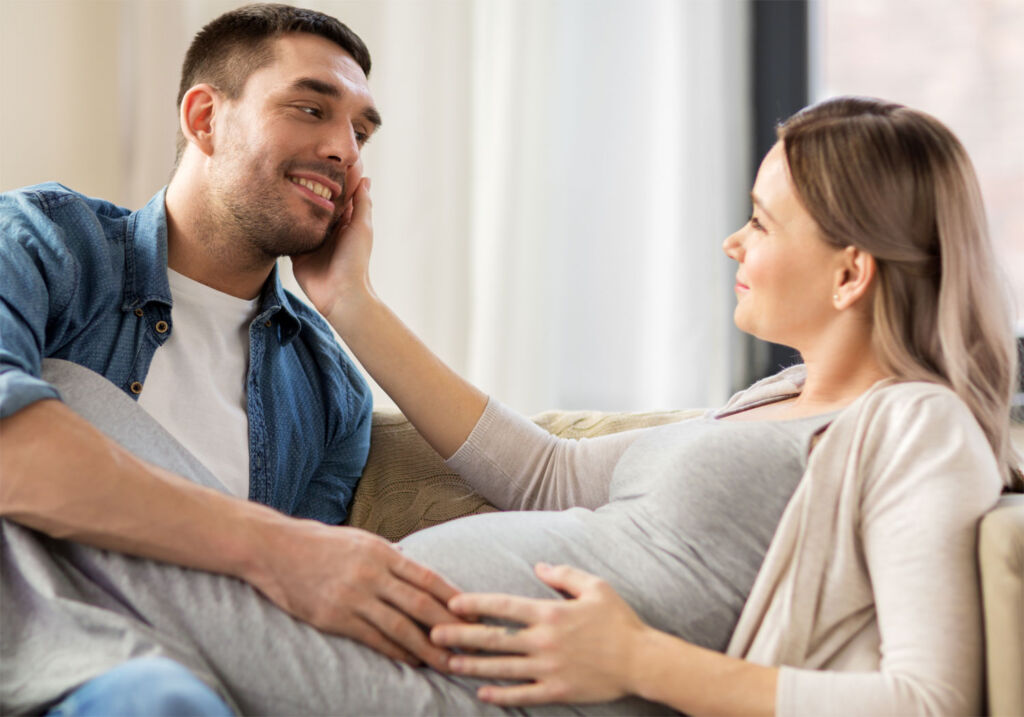
How does pregnancy affect sleep?
The impacts of pregnancy on sleep include hormonal and physical changes – as well as the significant cognitive and emotional challenge of coming to terms with the arrival of a newborn and all the changes in work, lifestyle and relationships that follow.
Every woman’s experience of pregnancy is unique. Here we’ve outlined some changes that often occur in each trimester, but your experience may be very different.
As discussed, pregnancy is a time of rapid hormonal change. Oestrogen and progesterone levels gradually increase, peaking at about 50- or 60-fold (compared to non-pregnancy levels) in the third trimester. Cortisol increases in the third trimester to twice the amount of non-pregnant women. Cortisol raises our levels of arousal, so it could potentially have sleep-disturbing properties.
Sleep in the first trimester
The growing foetus is very small, but it is developing rapidly and requires a lot of energy. Even though you may be sleeping for longer, it’s still normal to feel tired. High levels of the hormone progesterone increase both daytime sleepiness and your need for sleep.
Progesterone also causes you to produce more urine. The enlarged uterus can press on the bladder, so you are likely to get up more often during the night to go to the bathroom.
Sleep in the second trimester
Sleep often returns towards normal as the development of the foetus slows and the uterus changes position to above the bladder. Restless sleep and sleep complaints increase towards the start of the third trimester.
Sleep in the third trimester
The heavier, rapidly growing foetus requires a lot more energy, and it’s normal to feel fatigued. Many women also suffer back aches and discomfort, as well as being disturbed by kicking and movement at night. Leg cramps are common, which may be caused by low calcium and potassium levels.
Many women complain that they wake frequently and find it difficult to get back to sleep. The hormone oxytocin can add to more fragmented sleep through uterine contractions. As pregnancy progresses, women are at higher risk of developing sleep disorders such as restless legs syndrome (due to changes in iron and folate metabolism), breathing-related sleep problems such as snoring and sleep apnoea, and insomnia.
What can women do about disrupted sleep, especially due to hormonal changes?
No matter how well you’re sleeping, it’s always a good idea to put good sleep habits into practice. Although these measures can’t control your sex hormone levels, they can help to strengthen your circadian rhythms, help you build up sleep pressure naturally, and help to reduce the sleep-disrupting effects of stress.
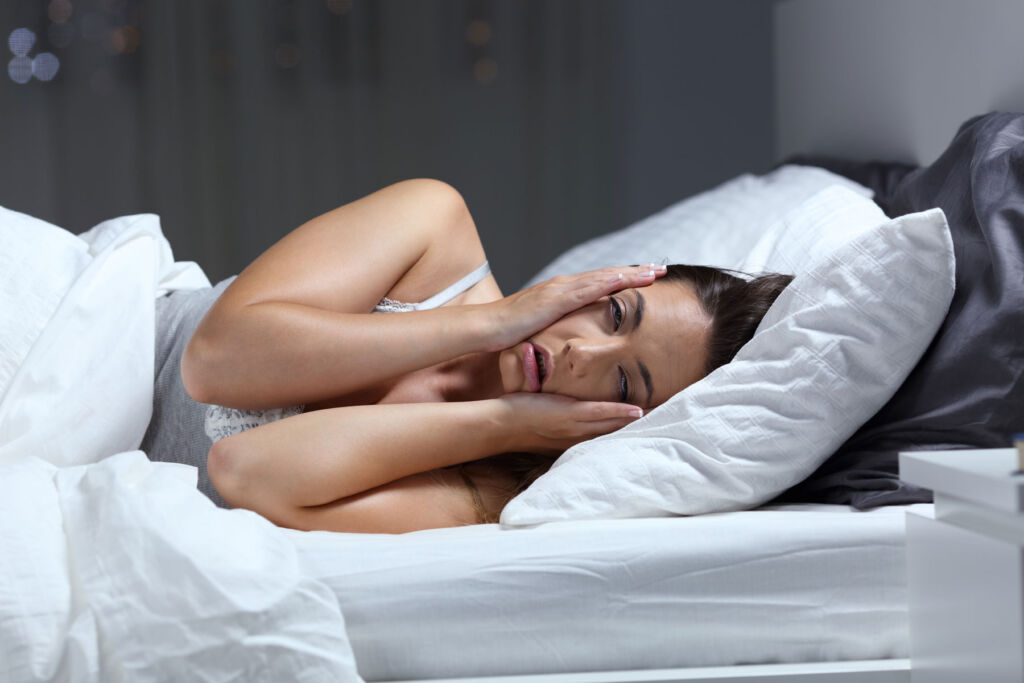
If you wake up during the night, these habits will help you to fall back to sleep again quickly.
- Get out of bed at the same time, as many days of the week as possible, to strengthen your body clocks.
- Try to get your body moving every day, preferably outdoors in natural light. A stroll outside in the first hour of the day will help to prepare the body for sleep at night.
- Protect at least the last 30 minutes of the day to wind down and relax with a calming bedtime routine which includes switching off from technology.
- Only get into bed if you’re sleepy, and get out of bed if you’re not.
- Only use your bed for sleep and intimacy.
- If you wake up and can’t get back to sleep after 15 minutes or so, get out of bed. Do something distracting until your eyelids feel heavy, and then go back to bed.
Speak to your doctor or another medical professional if you’re concerned about your sleep or having difficulty coping with fatigue or low mood. There are lots of treatment options depending on the nature of the sleep problem. Restless legs syndrome, for example, might be due to iron deficiency anaemia, which a doctor can test for.
Hormone Replacement Therapy (HRT) can help to reduce the frequency of hot flushes for women during menopause.
The gold standard treatment for insomnia, for both men and women, is a talking therapy approach called Cognitive Behavioural Therapy for Insomnia (CBT-I) (Riemann, 2022). This has been found to help with insomnia in puberty, during pregnancy and through menopause.
For more sleep expertise, visit the Bensons for Beds Sleep Hub.
Read more health news, research and guides here.
![]()

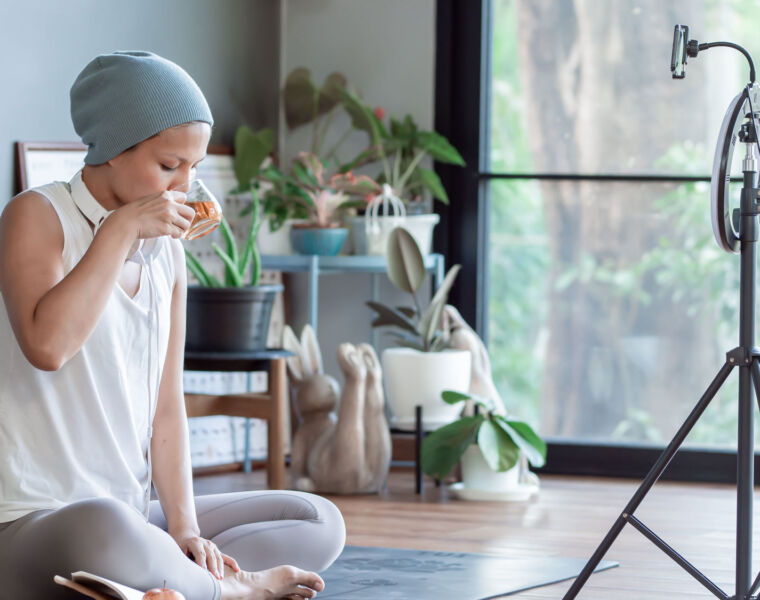
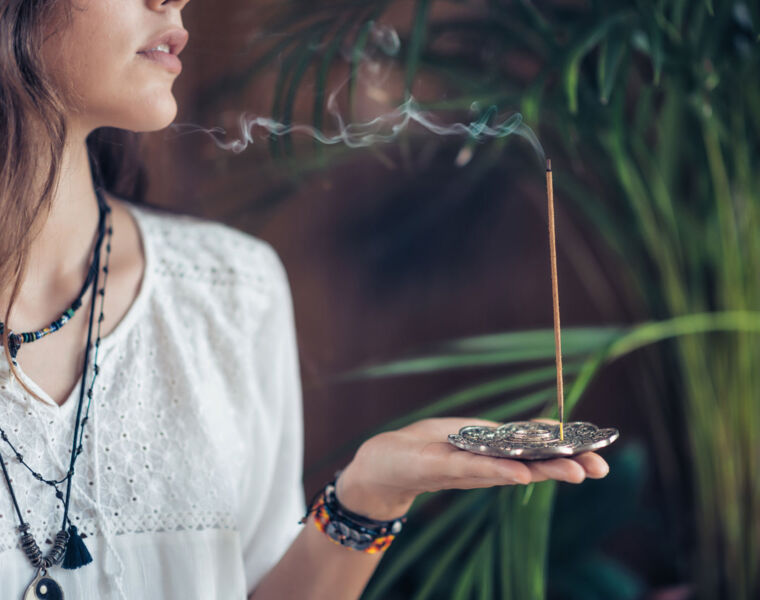
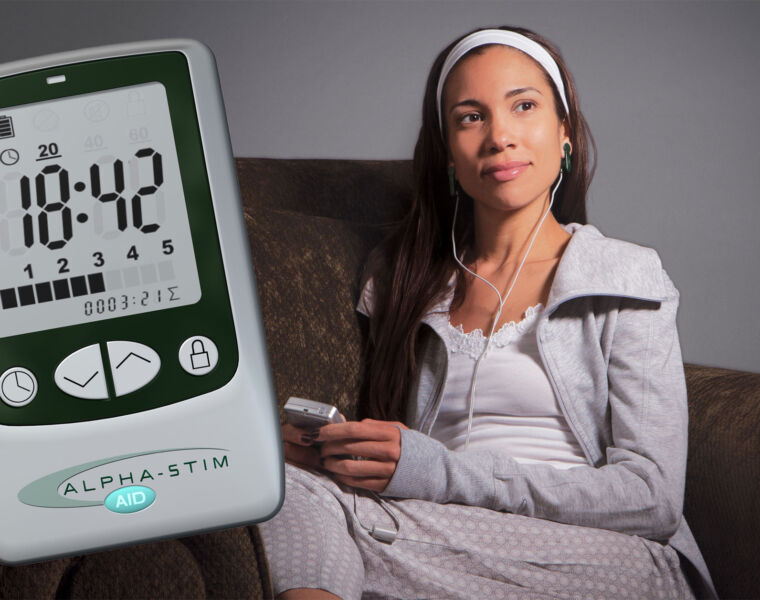
You must be logged in to post a comment.